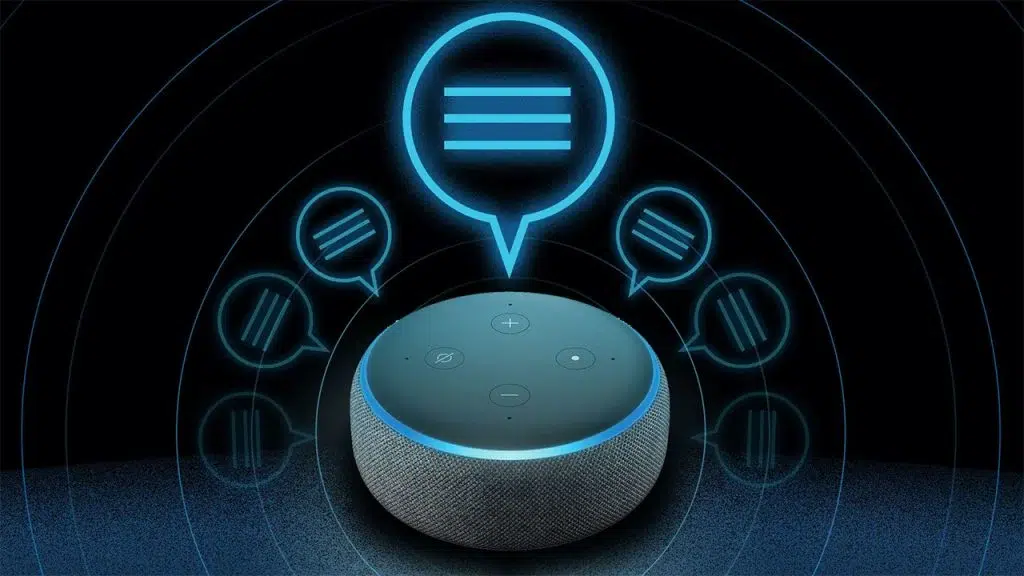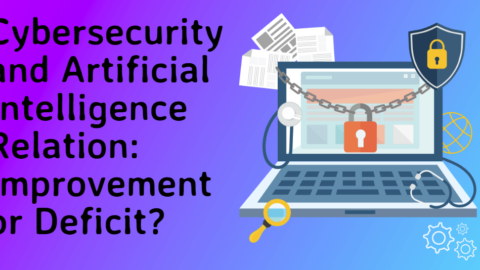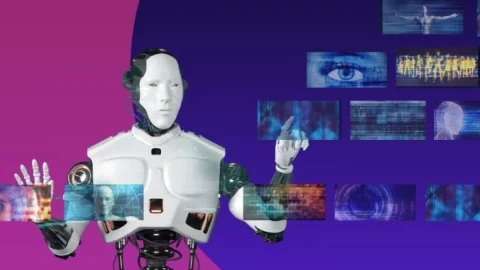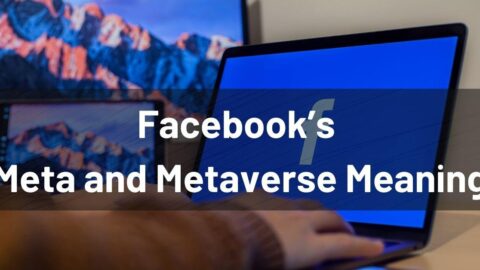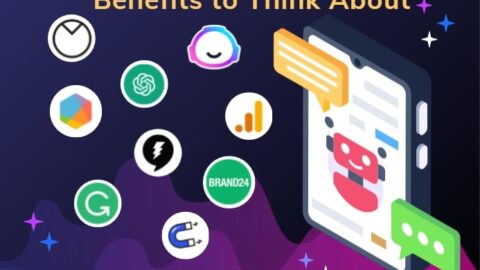5 Different Companies and Organizations Using AI Bots — and Why
Artificial intelligence (or AI) has exploded onto the tech scene, revolutionizing how businesses function. Today’s companies are leveraging this technology to drive decision-making processes, streamline operations, and improve their customer interfaces, so using AI bots as vital tools at every turn. With a nod to the impressive efficiency and versatility these automated helpers bring to multiple sectors, from finance to healthcare, retail to entertainment, it becomes clear just why such booming adoption is happening on a global scale. Let’s talk about a few examples of where AI usage, why this is necessary right now, and what it means for customers.
Table of Contents
Which company uses chatbot?
Starbucks is a company that uses chatbots. Their chatbot, known as ‘My Starbucks Barista’, allows customers to conveniently place orders via voice commands or text messages on their mobile app. It also provides nutritional information, manages payments, and personalizes marketing strategies based on user interaction data.
Which company uses AI the most?
Google is a company that extensively uses AI. They employ AI in various products and services, including their search engine, Google Assistant, Google Maps, and Gmail. Google’s AI algorithms and technologies power tasks like search indexing, language processing, image recognition, and personalized recommendations, making AI a fundamental part of their operations.
How many companies are using AI chatbot?
Numerous companies across various industries are using AI chatbots. The exact number is difficult to determine as AI chatbots have become increasingly popular and widespread. Companies in sectors such as customer service, e-commerce, healthcare, finance, and more are leveraging AI chatbots to automate interactions, enhance customer experiences, and streamline operations.
Amazon’s Alexa – Seamlessly Merging AI Bots for Consumer Convenience
As a leading player in the tech landscape, Amazon is coupling advanced AI algorithms with its virtual assistant- Alexa. This AI bot defines a new era of consumer convenience by managing everything from playing music to controlling home devices, placing orders and more – all using simple voice commands. Alexa not only responds promptly but also learns user preferences over time exhibiting personalization at its best.
While the primary focus appears to be enhancing user interaction, Amazon employs Alexa’s abilities in warehouses too. With superior object recognition and voice command features, this futuristic helper flawlessly directs workers towards goods; thus increasing efficiency dramatically.
In essence, through Alexa’s robust framework and dynamism, Amazon strikingly showcases how organizations can seamlessly incorporate AI bots into various aspects of their operations to provide unparalleled service experience alongside optimum internal management.
Words With Friends – Uses AI Bots Without Telling Users
In the world of online gaming, Zynga’s iconic game Words With Friends became a rampant playground for AI bot users, an aspect unknown to many human players initially. These bots would join games and play words far outside ordinary human vocabulary prowess leading to raised suspicion.
This invisible presence greatly influenced player dynamics and elicited frustration among genuine human competitors who craved fair competition. Of course, players can use tools to dominate in Words With Friends and level the playing field against these complex automated opponents.
However, this example is an interesting case study showing how businesses should carefully consider transparency regarding their usage of AI bots. It underlines the importance of balancing user satisfaction while striving towards advancements in technological capabilities within the organization.
Starbucks’ Innovative Use of AI Bots to Boost Customer Experience
When you think of Starbucks, the first thing that might come to mind is a steaming cup of coffee. However, behind this global coffee powerhouse stands an innovative application of AI bots aimed at enhancing customer experience.
Their chatbot, known as ‘My Starbucks Barista’, brings convenience right into customers’ hands, allowing orders via voice commands or text messages on their mobile app. Additionally, it can provide nutritional information about menu items and manage payment transactions as well.
But there’s more brewing! Utilizing user interaction data with their bot allows Starbucks to personalize marketing strategies effectively. By understanding individual preferences such as favorite drinks or most visited branches, Starbucks crafts uniquely tailored promotional offers, thereby driving both customer loyalty and satisfaction.
How Google Uses AI Bots in Efficient Information Retrieval
When it comes to providing instantaneous, relevant information to billions of queries every day, Google effectively harnesses the power of AI bots. These companies using ai bots crawl vast amounts of web data making the internet accessible and usable.
Google’s search engine uses sophisticated algorithms like PageRank that employ virtual spiders known as ‘bots’ or ‘crawlers’. They autonomously navigate billions of pages, indexing valuable data for later use. The result is that when a user types a query into Google’s search bar, these same bots retrieve precise information seamlessly from their extensive crawling endeavors facilitating unrivaled accuracy and speed. Anyone who wants to boost their online presence has to do so with this in mind.
In essence, with its foundation on efficient AI bot usage within information retrieval architecture, Google stands tall as an example of how machine intelligence can revolutionize everyday technology experiences.
Uber and the Strategic Employment of Artificial Intelligence Bots
As a technological trailblazer, Uber showcases an innovative approach to AI bot usage within their ride-sharing service. To ensure seamless operations across millions of trips daily, Uber relies on AI bots for strategic forecasting and decision-making.
Consider surge pricing. This is where the company uses machine learning algorithms to predict when demand will exceed supply in specific areas. This dynamic pricing algorithm is essentially an AI bot that evaluates real-time data like traffic patterns or special events.
Moreover, route optimizations calculated by another AI enable drivers to reach destinations via the most efficient path possible, minimizing travel time while maximizing driver earning potential.
Through these examples, it becomes clear how Uber’s employment of artificial intelligence bots results not just in operational efficiency. But also a refined user experience synonymous with convenience and reliability.
Wrapping Up
In summary, the integration of AI bots into business operations is catalyzing a profound transformation across various industries. Fundamentally altering the landscape of consumer experiences. This technological evolution is not merely a passing trend. But an ongoing paradigm shift that promises a multitude of exciting developments poised to shape the future of commerce and service provision. Predictive analytics, natural language processing, and enhanced learning algorithms are just a few areas where we can expect substantial growth and refinement. These developments will empower businesses with unparalleled insights. Hence, allowing them to make data-driven decisions that propel them forward in an ever-competitive landscape.

11+ years strategic communications, marketing, and project management experience. I am a trainer at StarWood Training Institute, focusing on online courses for project management professionals.


